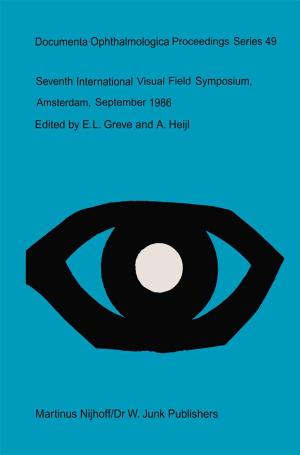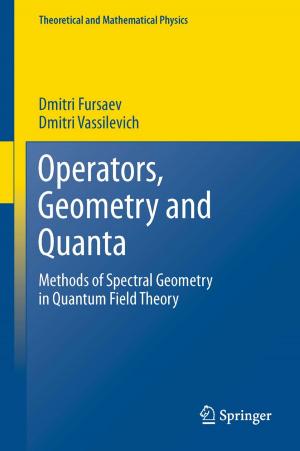Physical Properties of Materials
Kids, Natural World, Nonfiction, Reference & Language, Education & Teaching, Science & Nature, Science| Author: | M. C. Lovell | ISBN: | 9789401160650 |
| Publisher: | Springer Netherlands | Publication: | December 6, 2012 |
| Imprint: | Springer | Language: | English |
| Author: | M. C. Lovell |
| ISBN: | 9789401160650 |
| Publisher: | Springer Netherlands |
| Publication: | December 6, 2012 |
| Imprint: | Springer |
| Language: | English |
Materials Science has now become established as a discipline in its own right as well as being of increasing importance in the fields of Physics, Chemistry and Engineering. To the student meeting this subject for the first time the combination of disciplines which it embraces represents a formidable challenge. He will require to understand the lan guage of the physicist and chemist as well as appreciate the practical uses and limita tions of solid materials. This book has been written as an introduction to the Physical Properties of Materials with these thoughts in mind. The mathematical content has been limited deliberately and emphasis is placed on providing a sound basis using simplified models. Once these are understood we feel that a mathematical approach is more readily assimilated and for this purpose supplementary reading is suggested. While the authors are deeply aware of the pitfalls in attempting such a treatment this is meant to be an essentially simple book to point the many avenues to be explored. We anticipate that the book will appeal to first and second year degree students in a variety of disciplines and may not prove too difficult for those studying appropriate Higher National Certificate and Diploma courses. Electrical engineers working in the field of materials applications may well find it useful as a guide to modern thinking about materials and their properties. The book begins with an introduction to some basic ideas of modern physics.
Materials Science has now become established as a discipline in its own right as well as being of increasing importance in the fields of Physics, Chemistry and Engineering. To the student meeting this subject for the first time the combination of disciplines which it embraces represents a formidable challenge. He will require to understand the lan guage of the physicist and chemist as well as appreciate the practical uses and limita tions of solid materials. This book has been written as an introduction to the Physical Properties of Materials with these thoughts in mind. The mathematical content has been limited deliberately and emphasis is placed on providing a sound basis using simplified models. Once these are understood we feel that a mathematical approach is more readily assimilated and for this purpose supplementary reading is suggested. While the authors are deeply aware of the pitfalls in attempting such a treatment this is meant to be an essentially simple book to point the many avenues to be explored. We anticipate that the book will appeal to first and second year degree students in a variety of disciplines and may not prove too difficult for those studying appropriate Higher National Certificate and Diploma courses. Electrical engineers working in the field of materials applications may well find it useful as a guide to modern thinking about materials and their properties. The book begins with an introduction to some basic ideas of modern physics.















